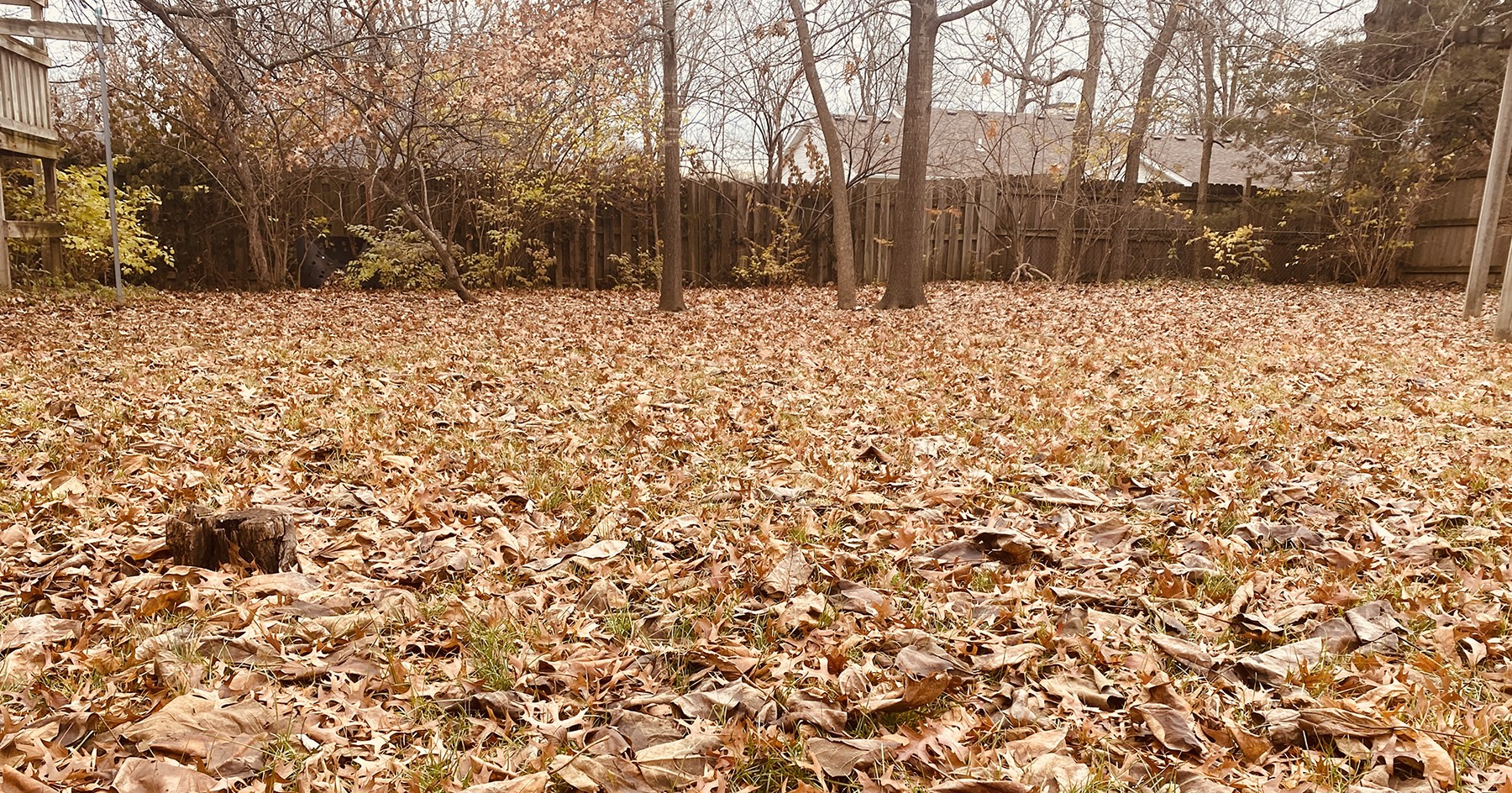Leaving the leaves saves pollinators, other beneficial insects

KINGSTON, Mo. — The “Leave the Leaves” movement could just as easily be called “Save the Pollinators,” says University of Missouri Extension horticulture specialist Manoj Chhetri.
Chhetri, who serves northwestern Missouri from his base in Caldwell County, agrees that letting leaves do their thing is better than carting them off to a landfill. That has all kinds of long-term costs, environmental and otherwise. Moreover, removing fallen leaves takes away vital habitat that insects need to survive the winter, Chhetri said.
In a press release, Chhetri said, “The leaves that fall in your yard are a wonderful resource for habitat, providing food and shelter for many helpful pollinators like butterflies, moths, native bumblebees and other ground-nesting insects In return, birds rely on overwintering bugs for food. Nonetheless, there’s no “one-size-fits-all” approach to leaving the leaves. You use different methods for different parts of your yard.”
Vegetable garden
If you let leaves decay in your vegetable garden naturally, you risk carrying over insect problems from one season to the next.
“In your vegetable garden, first chop or shred the leaves with a lawn mower or leaf mulcher, and till that back into ground in late fall,” Chhetri said. “That will reduce infestations from overwintering pests while still allowing your garden to benefit from nutrient-rich leaf waste.”
Flower beds
Leaving the leaves has the greatest added value in the flower beds, Chhetri said. They provide habitat for beneficial insects, protect the soil from erosion and shelter plants from extreme weather.
Do not shred the leaves you put in flower beds; you don’t want to damage overwintering eggs and larvae, he said. Wait to clean up the yard until it warms to 50 F the following spring.
Grass yard
Run a leaf mulcher or mower over your lawn and let the leaf litter add organic matter to the yard. “That way, they decay and naturally filter back into the soil,” Chhetri said. “Although not providing habitat for insects, it is certainly better than sending yard waste to the landfill.”
That said: “You need balance,” he said. “If you have too many leaves, that can affect the health of the grass.”
Chhetri recommends mowing/shredding leaves at least once or twice a month as needed. While not a set rule of thumb, if there is more than an inch of leaves covering the grass, it’s time to shred the leaves, redistributing the excess to flower beds and other garden areas.
Compost bin
Another alternative is to place excess leaves in a compost bin: “Yard waste is wonderful,” Chhetri said. “It is rich in carbon and essential for good composting.”
Still have more leaves than you can handle?
“Think about sharing some with a neighbor who doesn’t have as many trees, or expand your flower beds so you have more places to help provide a good habitat for insects,” he said.
While mulching with dead leaves may not have the same curb appeal as pristine raked lawns, attitudes are changing. “People are thinking more about the good we can do for the environment by not adding to landfill waste issues,” Chhetri said. “You’re also helping our food industry, when you think about it, because our crops need pollinators. And your leaf-covered yard is one way to help pollinators reproduce and survive.”
Sidebar: Black walnut leaves
You may have heard that black walnut leaves must be removed to prevent damage to plants and lawns. Not so, Chhetri says. While the tree does release a toxin, juglone, that can hinder plant growth, “several studies have shown that the amount of that toxin left in fallen leaves, branches and twigs is so minimal that it’s no longer toxic,” he said.
| Photo courtesy of University of Missouri Extension
Horticulture specialist Manoj Chhetri says, “The leaves that fall in your yard are a wonderful resource for habitat, providing food and shelter for many helpful pollinators like butterflies, moths, native bumblebees and other ground-nesting insects In return, birds rely on overwintering bugs for food.
Miss Clipping Out Stories to Save for Later?
Click the Purchase Story button below to order a print of this story. We will print it for you on matte photo paper to keep forever.

